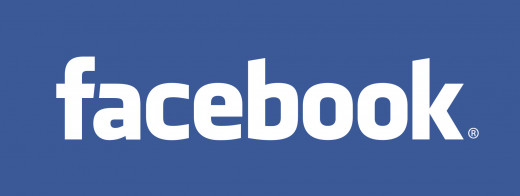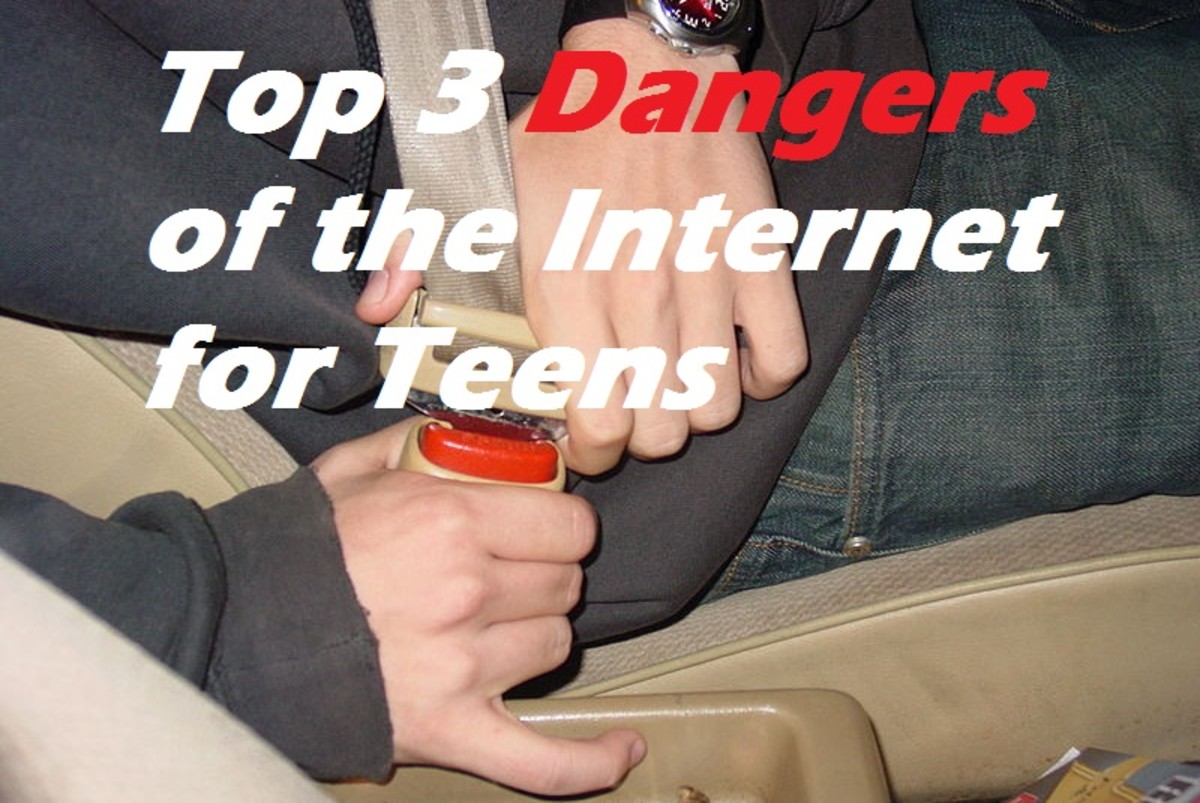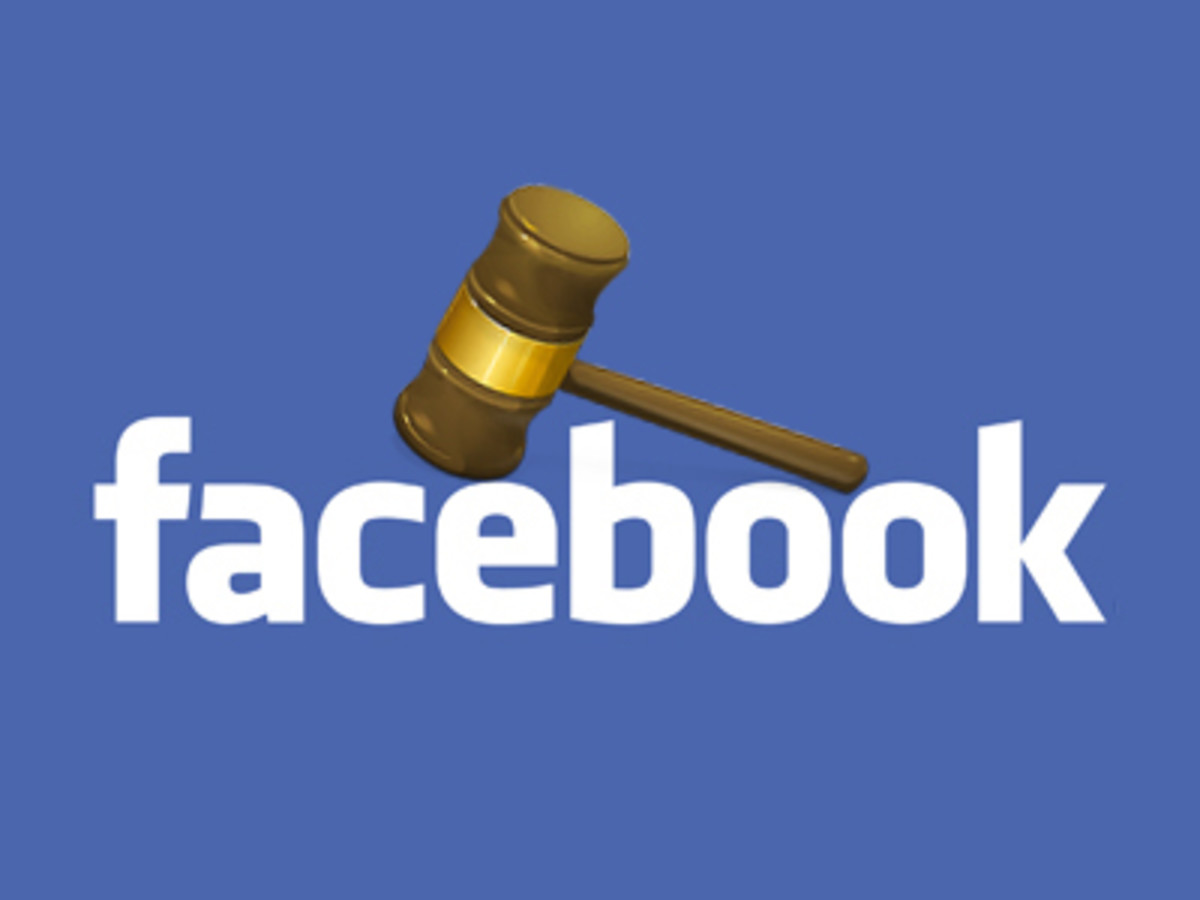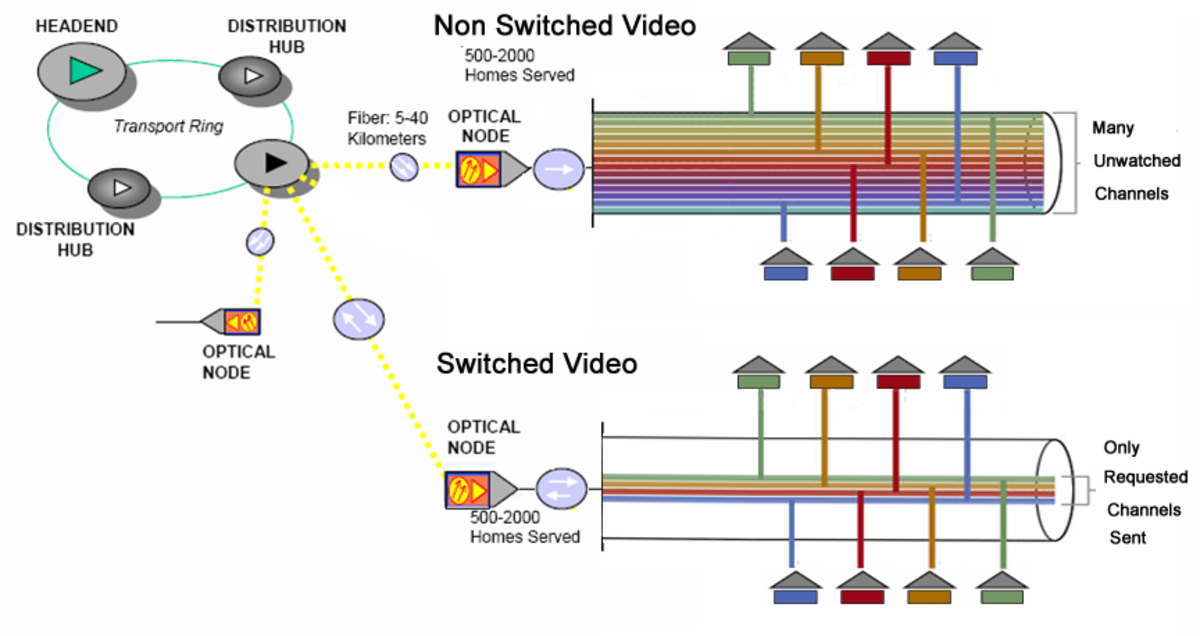Facebook and Communication Privacy Management

Facebook is a social networking website founded on February 4th, 2004 by Mark Zuckerburg out of his dorm at Harvard University for his fellow students. By the end of 2004 Facebook opened to all college students. In 2005, high school students joined Facebook and by 2006 Facebook became completely public. According to Facebook’s profile’s “About” tab (2004),
“Facebook's mission is to give people the power to share and make the world more open and connected. Millions of people use Facebook everyday to keep up with friends, upload an unlimited number of photos, share links and videos, and learn more about the people they meet”
The popularity of Facebook exponentially grew since it was first introduced to the internet and it did not go to the top without its fair share of problems, mostly privacy related. According to Miriam J. Metzger (2007), communication privacy management “addresses the tension between disclosure and privacy by examining how and why people decide to reveal or conceal private information across various relational contexts” (p.336). While this may be true in some circumstances, it is very difficult to set up linkage rules when the Facebook network houses over a billion users and profiles. In an article written by Sara Kehaulani Goo (2012), she explains that
“for years, the Pew Internet & American Life Project has been polling people who use social media, asking how they use it and what they get out of it…who they are connected to and how they manage their privacy”
The research used to create this article concluded that the average Facebook user has 229 friends and “on average, users make 7 new Facebook friends per month; they initiate 3 requests and accept 4” (Goo 2012). After its launch in 2004 Facebook became a generational phenomenon and with regard to communication privacy management theory, it’s a case study all on its own. When joining Facebook “people believe they own and have a right to control their private information” (Griffin 2012, p. 168). A majority of Facebook users are under the impression that because it is their information, they have the right to “control their private information through the use of privacy rules” (Griffin 2012, p. 169) and no outsider has any right to violate such rules. When one user’s friend request is accepted by another, that user is “given access to a person’s private information [and] they become co-owners of that control” (Griffin 2012, p. 169). Now that it’s understood that being Facebook friends with another person makes the two co-owners of each other’s information, the two “need to negotiate mutually agreeable privacy rules about telling others” (Griffin 2012, p. 169). However, when accepting friend requests, users seldom message said new friend to discuss common privacy rules, instead each user assumes that the other will keep anything he sees a secret, even if it’s not. This type of assumption can lead to complex and difficult situations for either user involved in an unspoken privacy relationship, also known as boundary turbulence.
Petronio’s first principle of communication privacy management theory is that all people believe they own private information and have the right to control their private information. However, with the emergence of so many social networking websites, such as Facebook, this principle is being put to the test in terms of accuracy and relevance. When a user joins Facebook for the very first time, they have to make a lot of very impactful decisions, quickly and usually without second thought. The only required information a user needs in order to maintain an active Facebook profile is a first and last name, birth date, gender, a valid email address and a password, that is at least 6 characters long. From there, any information a user puts on his profile is up to his desecration. Additional information a user can provide include employment history, education, current location, hometown, relationship status, languages, religion, political views, family, life events, photos, videos, events, check in locations and notes. It’s in these additional informational categories that privacy rules among Facebook friends become blurred. According to data provided on the levels of privacy the typical Facebook user has, by Matt McKeon (2010) when Facebook was created in 2005, all Facebook users had the ability to look up the typical Facebook user’s networks, name, current profile picture and gender. McKeon goes on to report that by April 2010, the entire internet had the ability to see the typical Facebook user’s networks, wall posts, photos, likes, name, current profile picture, gender, friends and other profile data. In other words, anyone that has internet access can see most of a typical Facebook user’s life in one convenient profile. In response to privacy scares, Facebook does allow each user to set up custom privacy settings on many different levels of their Facebook profile.
Facebook gives nearly every aspect of a user’s profile its own individual privacy setting to suit the needs of each individual Facebook user. These setting levels include public (the entire internet), friends-of-friends, friends, networks (such as high school, college or employment), only me and customization options which either allow certain users and/or networks to view information or specifically deny certain users or networks the ability to view certain information. This brings forth Petronio’s second principle of communication management theory, that people can control their private information with personal privacy rules. However, many Facebook users are either ignorant to their current privacy settings or do not think of it as importance, hence the results seen from McKeon’s studies. A user’s uncontrolled privacy settings are the primary reasons for privacy breaches by other Facebook users, causing boundary turbulence. According to Gorrell P. Cheek and Mohamed Shebab (2012) in their article “Privacy Management for Online Social Networks”, there is a way to better ensure that a user’s privacy settings suit their actual personal privacy rules, they propose that same-as privacy management theory is a better way to do so. According to Cheek and Shebab (2012), “the large amount of content online coupled with the significant number of users makes maintaining appropriate levels of privacy very challenging” (p. 475). Same-as privacy management theory has a basis that a user must organize all of his Facebook friends into friendship level categories, “the user leverages their memory and opinion of a friend to set policies for other like friends” (Cheek 2012, p. 475). I would consider Cheek and Shebab’s same-as privacy management theory an extension of Petronio’s communication privacy management theory, as a response to the ever evolving and expanding cybernetic world because it addresses the issue of seemingly anonymous, strictly social networking relationships in which users have access to far more personal information that the original user cares to admit. It is unlikely that every status each Facebook user makes, he contemplates any and all possible consequences, or when creating his photo album of spring break he remembers about that professor he friended last semester.
This point leads to Petronio’s third principle of communication privacy management, which states that when others are told or given the ability to access a person’s private information, they become a co-owner of the control over the dissemination of said information. This kind of contract is made any time a user initiates or accepts a friend request. However despite creating the contract to become Facebook friends, the chances of those two users setting up specific boundary rules is slim to none. This type of ignorant, anonymous friendship leads users to assume rules of their own for someone else’s private information. How a Facebook user decides to handle the information he has access to through his friends is completely up to him and/or chance. It seems more like forgetfulness than ignorance that Facebook users do not properly control their privacy settings. Therefore as proposed by Cheek and Shebab (2012), Facebook users should be prompted to categorize all friendships on Facebook by group policies concerned with the user’s personal privacy rules. This kind of categorization would coincide with Petronio’s fourth principle of communication privacy management, that people must negotiate agreeable privacy rules. While it will be difficult to get the already 1 billion Facebook users to categorize the average of 229 existing friendships, this theory is a perfectly good way to help Facebook look forward by making options like this available and potentially become permanent some time down the line. Decreasing the chance for human error can potentially reduce privacy breaches, such as cyberbullying. However, these statements cannot be proven because these theories have not been implemented and would need to be studied over a considerably long period of time. For now, Facebook must deal with not only privacy breaches between users, which usually leads to cases of cyberbullying, but also privacy breaches initiated by governmental authorities or employers on unknowing Facebook users, leading to boundary turbulence.
As defined by Griffin (2012), boundary turbulence is a “disruption of privacy management and relational trust that occurs when collective privacy boundaries aren’t synchronized” (p.176). In other words, boundary turbulence is the disorder that results from a privacy breach. According to Petronio’s fifth principle of communication management, boundary turbulence occurs when co-owners of private information do not properly negotiate and abide by mutually held privacy rules. Recently, cyberbullying has been a huge interest when it comes to privacy breaches on Facebook. According to Ted Fienberg and Nicole Robey (2008),
“Cyberbullying involves sending or posting harmful or cruel text or images using the Internet (e.g., instant messaging, e-mails, chat rooms, and social networking sites) or other digital communication devices, such as cell phones. It can involve stalking, threats, harassment, impersonation, humiliation, trickery, and exclusion” (p. 11)
Cyberbullying, in the sense of a privacy breaches, is one user using another user’s private information against them. For example, one user posts a picture of himself at a party on his profile and another user uses that picture to get him in trouble. Unfortunately, this is a very mild case of cyberbullying and as seen in the 2012 Amanda Todd incident and the 2006 Megan Meier incident, cyberbullying can end in teenage suicide. Another less evident, but just as concerning, form of privacy breach comes from governmental or employment office intentional privacy breaches. Nowadays, employers are very interested in the profiles of potential and existing employees. Many request the passwords to these profiles, if the applicant/employee refuses there are alternative ways to accessing this information discretely. What very few Facebook users know is that there are websites and programs designed to allow governmental officials and employers the ability to look at a user’s Facebook, no matter his privacy settings and some even go as far as to let employers to view deleted material from that user’s profile. Once something (a post, picture, video, ect) is put on the internet it is never removed, it can be retrieved somehow and this sad truth of privacy invasion results in major boundary turbulence. In an article by Claire Suddath (2012), she reports
“the number of employers who request access to applicants’ Facebook profiles has risen over the past year. Accessing such private information puts employers in a legal gray area and may potentially open them up to both privacy and discrimination lawsuits”
Facebook officials consider this type of profile-access practice “distressing” and “has recently amended its Statement of Rights and Responsibility (the legal terms to which you agree every time you access the site) to make it against company policy to share or solicit your account password” (Suddath 2012). Some surprising news that Suddath (2012) reports is that it is not the millennial generation (born between 1980-2000) who suffer from the most privacy breaches, “instead, it’s people in their mid-30s or who ‘have been working for three to five years that seem to be the ones who are slipping up’”.
Petronio’s communication privacy management theory is put to the ultimate test in a world where technology is the primary means of communication because with technology comes anonymity. According to Professor Roger Scruton (2010),
“it is precisely their cost-free, screen-friendly character that attracts many people to them — so much so, students of mine tell me, that they fear addiction, and often have to forbid themselves to go to their Facebook account for days on end, in order to get on with their real lives and their real relationships” (p. 48).
The fact that decisions of physical human contact versus virtual human contact have to be made at all is, in my opinion, a tragedy. That humans would rather waste away behind a computer screen is a complete misfortune because
“in the once normal conditions of human contact, people became friends by being in each other’s presence, understanding all the many subtle signals, verbal and bodily, whereby another testifies to his character, emotions, and intentions, and building affection and trust in tandem” (Scruton 2010, p. 49)
However, when two people attempting to be friends becomes one user accepting another’s friend request, “all interaction with the other is at a distance, and whether [he is] affected by it becomes to some extent a matter of [his] own choosing” (Scruton 2010, p. 50). The existence of Facebook and other social networks produced a significant social change, worldwide.
References
Cheek, G. P., & Shebab, M. (2012). Privacy management for online social networks. www2012 Proceedings, 475-476.
[Facebook: About]. (2004, February 4). Retrieved November 6, 2012, from Facebook website: https://www.facebook.com
Goo, S. K. (2012, May). Facebook: A profile of its 'Friends'. Retrieved November 6, 2012, from Pew Research Center website: http://pewresearch.org/pubs/2262/facebook-ipo-friends-profile-social-networking-habits-privacy-online-behavior
Griffin, E. (2012). A first look at communication theory (8th ed.). New York, NY: McGraw-Hill.
Kierkegaard, S. (2005). Privacy in electronic communication. Computer Law & Security Review, 21(3), 226-236. doi:10.1016/j.clsr.2005.04.008
McKeon, M. (2011). The evolution of privacy on Facebook. Retrieved November 10, 2012, from Matt McKeon website: http://mattmckeon.com/facebook-privacy/
Metzger, M. J. (2007). Communication privacy management in electronic commerce. Journal of Computer-Mediated Communication, 12(2), 335-361. doi:10.1111/j.1083-6101.2007.00328.x
Suddath, C. (2012, march 27). Big Brother wants your Facebook password. Retrieved November 10, 2012, from Bloomberg Businessweek: Technology website: http://www.businessweek.com/articles/2012-03-27/big-brother-wants-your-facebook-password
What is cyberbullying, exactly? (n.d.). Retrieved November 6, 2012, from Stop Cyber Bulying website: http://www.stopcyberbullying.org/what_is_cyberbullying_exactly.html








